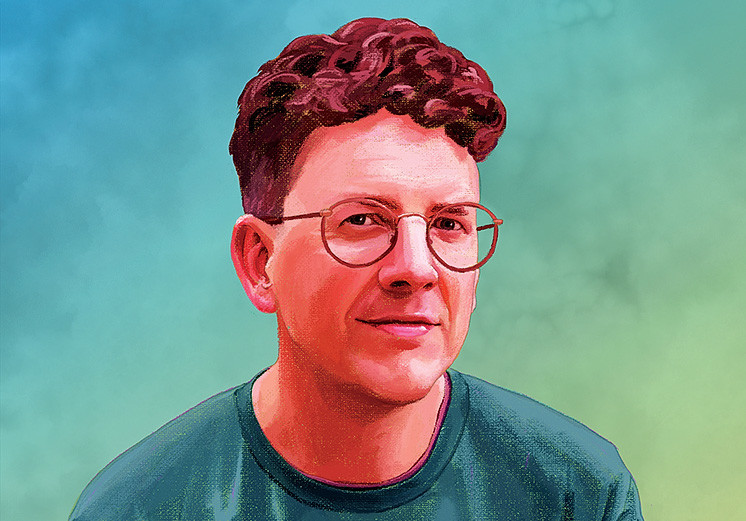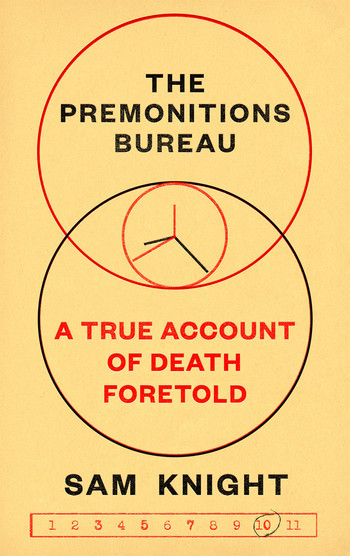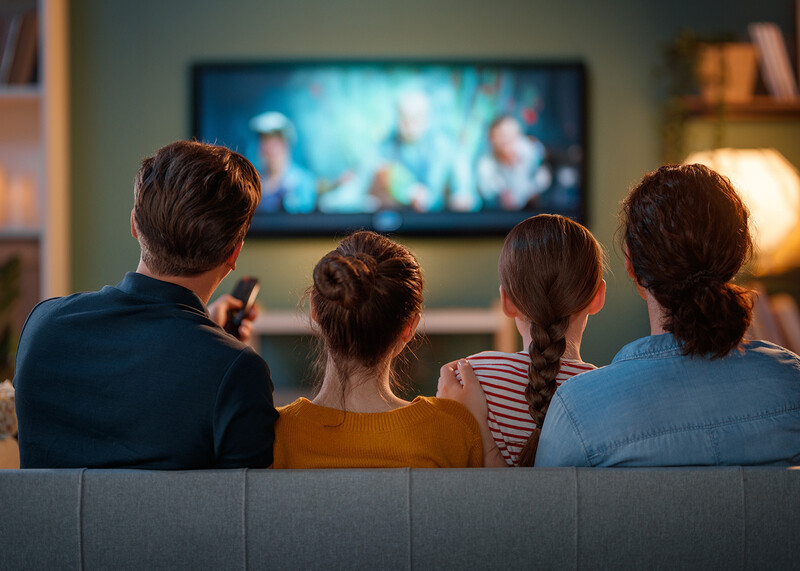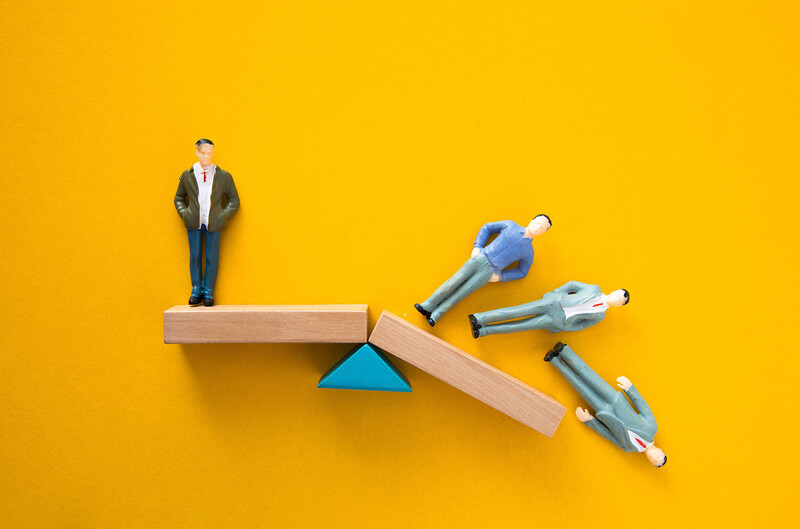In The Premonitions Bureau, Sam Knight ’04JRN tells the true story of a maverick psychiatrist who believed in the power of the paranormal.
What was the “premonitions bureau”?
In October of 1966, a mountain of coal waste collapsed on the Welsh mining village of Aberfan, killing 144 people, most of them children. A psychiatrist named John Barker traveled to Aberfan and became convinced that a number of individuals had experienced supernatural warning signs before the disaster. He teamed up with Peter Fairley, a science reporter at a London newspaper, to establish the premonitions bureau, which asked the public to send in their dreams, visions, and predictions in the hope that they would prevent future tragedies.
How did you learn about it, and why did it pique your interest?
I’ve never had a premonition myself, but I was fascinated by the idea of them. I wanted to know what it would feel like to know that something was about to happen. So I started to do some research at the British Library. There was a treasure trove of documents from the nineteenth and early twentieth centuries about premonitions, but I was surprised to find something so recent. At first, I assumed that the bureau was kind of hokey, like an advertising gimmick. But the more I read about John Barker, the more I realized that he was a serious doctor and scientist. Similarly, Peter Fairley was a respected journalist, known for his work covering space travel. I was intrigued by the idea of these well-credentialed collaborators pursuing this kind of investigation.
The premonitions bureau collected 723 predictions, eighteen of which came true to some extent. Twelve of those eighteen came from two “human seismometers” — Kathleen Middleton and Alan Hencher — who figure prominently in your book. What do you think they had in common?
I don’t want to be too glib in drawing conclusions about these two people, since I was working from old letters and documents and people’s memories. Certainly, someone might look at them and wonder if they were suffering from mental illness. Both were isolated. Both had some grandiose notions. But I was really keen to write about them as fully rounded people.
The morning of the Aberfan disaster, Middleton woke up choking, convinced something bad would happen. But she had no connection to Aberfan. Why might people have premonitions about things that don’t impact them personally?
Barker might bring up the Jungian idea of a collective unconscious that people are tapping into. And in that sense, I think we can see premonitions as social phenomenon. Because I have twins, I relate to the idea that if a twin is hit by a car, the other twin might feel something even if they’re a hundred miles away. I think that many ultra-rational people might accept that idea. There’s a sympathetic projection of pain. And if people can feel that over distance, why shouldn’t they feel that over time?
Premonitions often warn about tragic events. Why don’t people have hunches about happy things?
Barker’s theory was that fear is the most powerful human emotion. If you have a scary vision or emotion, you’re much more likely to remember it and act on it. Premonitions are essentially about survival; they’re about anticipating danger and avoiding it. So it’s actually advantageous to predict bad things.
You write that “premonitions are impossible, and they come true all the time.” After researching this book, do you believe that premonitions are real?
Without being too vague about it, it actually wasn’t my goal to decide if premonitions are real or not. I tried to write this book about a group of people from different walks of life who were united around this one idea: that they might be able to prevent something calamitous. I think, of course, that the rational explanation is that these are coincidences, just like thinking about your mother a minute before she calls, or running into a friend on the subway. But evolutionarily, our brains are trained to make connections between things. So it’s hard not to get swept up in these stories. They change us, even on a very individual level, whether we believe in them or not.
This article appears in the Fall 2022 print edition of Columbia Magazine with the title "A Paranormal Investigation."




